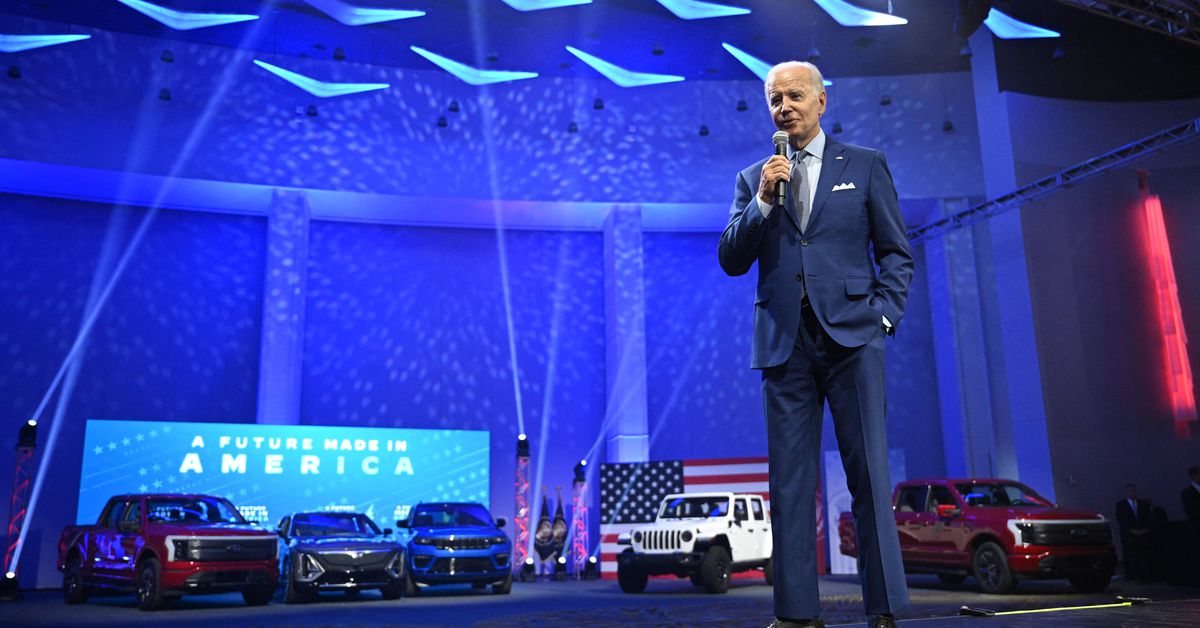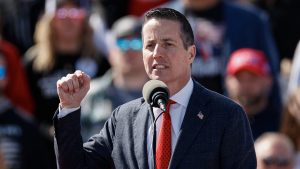
The vehicle emissions rules favored by Biden are preferred by labor unions
Climate Action Towards Clean Future Automobiles: The Case of President Biden and the 2020 Transportation and Transportation Science Executive Order to Reduce CO2 Emissions
The environmental groups are hoping that the country can get to all-electric cars by the early part of the next decade, but the auto industry would prefer a slower and more gradual adoption.
Many of the vehicles that were built in 2032 will likely still be on the road in 2050 when global climate emissions need to be reduced, according to the Union of Concerned Scientists. By requiring declining average pollution levels, automakers are ensured to deliver cleaner cars — either from lower emission gasoline vehicles or zero-tailpipe emission EVs.
Under the final rules, light-duty vehicles (passenger vehicles like sedans, SUVs, and trucks) would be required to hit an industry-wide target of 85 grams of greenhouse gas (GHG) emissions per mile by 2032, down from 170 grams / mile in 2027. For medium-duty vehicles (big trucks and vans), the EPA is mandating a 44 percent reduction in GHG emissions to 274 grams / mile in 2032 from 461 grams / mile in 2027.
Experts agree that regardless of the particulars of the final rule, the overall outcome will be a wholesale, historic change in the types of cars people drive and the air they breath.
Environmental groups warn of the need for more aggressive action to tackle climate change. The transportation sector, which includes privately owned vehicles, accounts for over a quarter of all planet heating emissions. In the lead-up to the announcement, climate activists urged the White House to reject the auto industry’s push for slower implementation and adopt the stricter standards.
“There may be disagreement, how fast, how much,” Oge added, “but in my experience … the country needs to move forward by moving away from fossil fuels.”
The rules are the central part of the president’s climate goals. Right after taking office, Biden signed an executive order laying out his vision for half of all new car sales to be tailpipe emissions-free by 2030.
Ali Zaidi, the White House climate advisor, said that the final rule had increased flexibility that gave massive gains for public health and the environment.
The EPA says that the new standards will result in a reduction of 7.2 billion metric tons of harmful carbon dioxide emissions over the life of the program and approximately $13 billion in health benefits.
Does it Matter if We Step Up in a Time of Crisis? President Biden Revisited with a Climate Impact Statement on the Automotive Industry
“For the person who thinks, ‘Gee, is my country doing what it needs to do to step up at this moment of crisis and lead by example?’” Zaidi said something. The answer is yes.
The planet has gotten about 1.2 degrees Celsius hotter since the Industrial Revolution, and that’s already been enough to cause more extreme weather, intensify wildfires, and raise sea levels high enough to push coastal communities away from their homes. To keep those kinds of disasters from getting much worse, the Paris agreement seeks to limit warming to around 1.5 degrees Celsius.
Slowing down the timeline “was the right call,” said John Bozzella, president and CEO of the Alliance for Automotive Innovation, the industry’s main lobbying group, in a statement. The adjusted EV targets should give the market and supply chains a chance to catch up.
Over the past few administrations political jockeying has gone on over the emissions rules. After he was elected in 2016, Donald Trump rolled back emissions standards put in place by Barack Obama, making it easier for automakers to produce polluting cars. But Biden reversed the rollback soon after coming into office.
“The bottom line is, this shows that leadership matters,” Zaidi said. President Biden prioritized environmental protection, he prioritized tackling the climate crisis, and he prioritized consumer savings.

